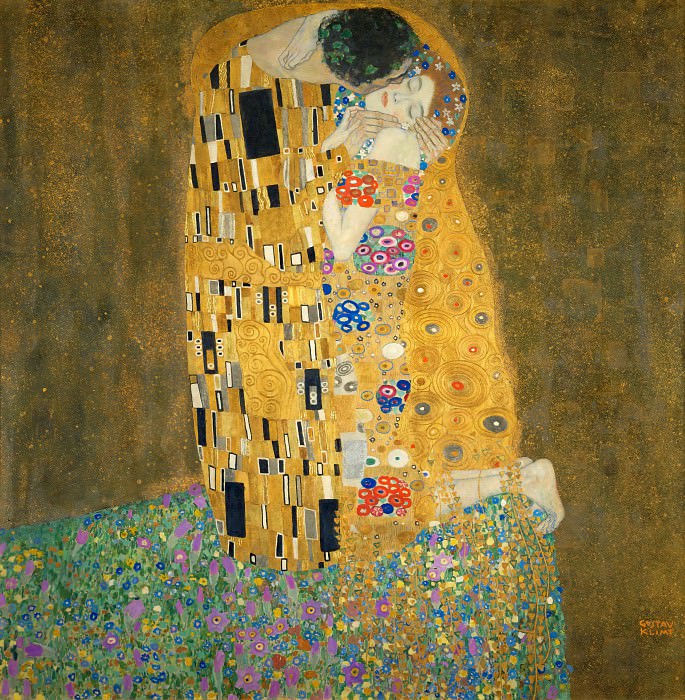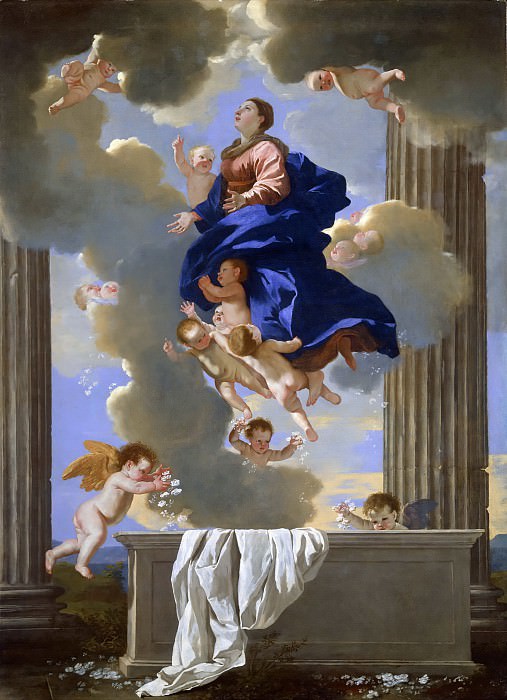The World of Assemblage Art
Introduction to Assemblage Art
Assemblage art, a distinct genre within the broader category of mixed media, is an artistic form that involves creating three-dimensional compositions by combining various objects, often those considered non-artistic or discarded. This practice transforms mundane items into extraordinary visual narratives, making assemblage art a compelling fusion of creativity and resourcefulness.
Historical Background
The origins of assemblage art can be traced back to the early 20th century, with the Dada movement playing a significant role in its development. Artists like Marcel Duchamp, who famously used everyday objects to challenge traditional notions of art, laid the groundwork for assemblage. His iconic "readymades" blurred the lines between art and life, setting a precedent for future assemblage artists.
The Surrealists further expanded on this concept, with artists like Max Ernst and Salvador Dalí incorporating found objects into their works to evoke dreamlike and irrational scenarios. However, it was not until the mid-20th century that assemblage art became a recognized genre, thanks to the contributions of artists like Jean Dubuffet, Joseph Cornell, and Louise Nevelson.
Key Characteristics
Assemblage art is characterized by its use of three-dimensional materials, which are often arranged in a way that challenges the viewer's perception and invites them to explore new meanings. These materials can range from everyday objects like buttons and bottle caps to more unconventional items such as machine parts and organic materials.
The process of assemblage involves a high degree of experimentation and improvisation. Artists often begin with a vague idea or a specific object and build their compositions organically, allowing the materials to guide the creative process. This spontaneity is a hallmark of assemblage art, resulting in works that are rich in texture and layered with meaning.
Prominent Assemblage Artists
Jean Dubuffet is often credited with popularizing assemblage art in the post-war era. His "Hourloupe" series, which combined discarded materials with bold, graphic lines, exemplified the genre's potential to transform the ordinary into the extraordinary. Dubuffet's works challenged conventional aesthetics and emphasized the beauty of imperfection.
Joseph Cornell, another influential figure, created intricate shadow boxes filled with found objects, photographs, and ephemera. His works, often inspired by dreams and memories, invite viewers into miniature worlds that are both nostalgic and enigmatic. Cornell's meticulous approach to assemblage set a standard for future artists in the genre.
Louise Nevelson's large-scale sculptures, made from discarded wooden objects, showcased the power of assemblage to create monumental art. Her works, often painted in monochromatic schemes, emphasized form and texture, turning everyday materials into cohesive and striking compositions.
Techniques and Materials
Assemblage artists employ a variety of techniques to manipulate their chosen materials. These can include cutting, gluing, welding, and sewing, among others. The choice of technique often depends on the nature of the materials and the desired outcome of the work.
One of the most fascinating aspects of assemblage art is the diverse range of materials that artists use. These materials can be broadly categorized into three groups: found objects, recycled materials, and organic elements. Found objects, such as toys, tools, and trinkets, are often selected for their symbolic value or aesthetic appeal. Recycled materials, including scrap metal, paper, and plastic, highlight the environmental consciousness of many assemblage artists. Organic elements, like wood, shells, and bones, introduce a natural dimension to the compositions.
Thematic Exploration
Assemblage art often explores themes related to memory, identity, and the passage of time. The use of everyday objects imbues the works with a sense of familiarity and nostalgia, while the act of assembling these objects in new ways challenges viewers to reconsider their meanings and associations.
For example, an assemblage piece might incorporate vintage photographs, fragments of letters, and personal mementos to create a visual narrative about loss and remembrance. Another work might use industrial debris and technological artifacts to comment on the relationship between humanity and machines in the modern age.
Assemblage Art in Contemporary Practice
In contemporary art, assemblage remains a vibrant and evolving genre. Artists continue to push the boundaries of what can be considered art, incorporating digital media and interactive elements into their works. The rise of environmental awareness has also led to a renewed interest in using recycled materials, making assemblage art a relevant form of expression in discussions about sustainability.
One contemporary artist who exemplifies the innovative spirit of assemblage is El Anatsui. His monumental sculptures, made from discarded aluminum and bottle caps, transform waste into visually stunning tapestries that comment on consumerism and global trade. Anatsui's works demonstrate the potential of assemblage to address complex social and environmental issues.
Assemblage Art in Public Spaces
Assemblage art has also found its place in public art installations, where its tactile and engaging nature can interact with a broader audience. These installations often encourage viewers to touch and explore the works, breaking down the barriers between art and spectator.
A notable example is the work of Niki de Saint Phalle, whose colorful and whimsical sculptures, made from a variety of materials, have been installed in public spaces around the world. Her "Tarot Garden" in Italy is a testament to the transformative power of assemblage art, inviting visitors to immerse themselves in a fantastical landscape of art and nature.
Educational Value of Assemblage Art
Assemblage art holds significant educational value, particularly in encouraging creativity and critical thinking. By working with found objects and materials, students can learn about the principles of design, composition, and texture. The genre also promotes resourcefulness and sustainability, as it often involves repurposing materials that might otherwise be discarded.
Art educators have embraced assemblage as a tool for teaching these concepts, creating projects that challenge students to think outside the box and see the artistic potential in everyday items. These projects can foster a deeper appreciation for the material world and the creative process.
Conclusion
Assemblage art is a dynamic and multifaceted genre that continues to inspire and challenge both artists and viewers. Its ability to transform the ordinary into the extraordinary, combined with its emphasis on creativity and resourcefulness, makes it a compelling form of artistic expression. Whether through intimate shadow boxes or monumental public installations, assemblage art invites us to see the world through a new lens and find beauty in unexpected places.




